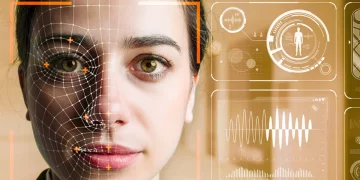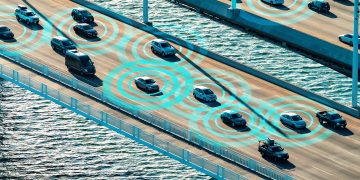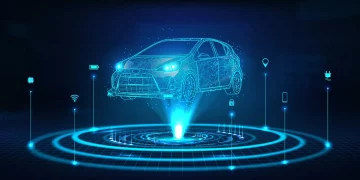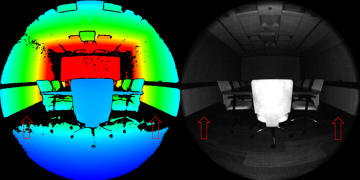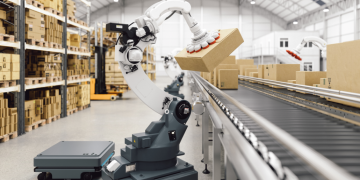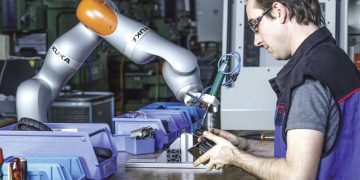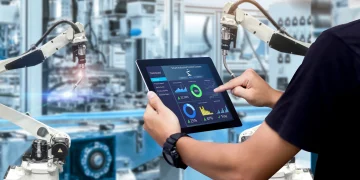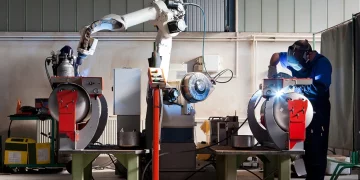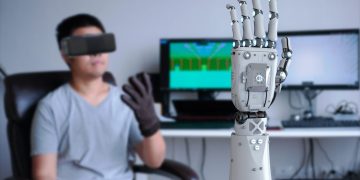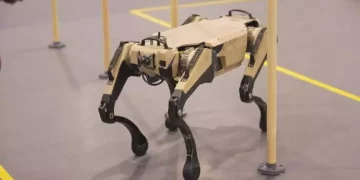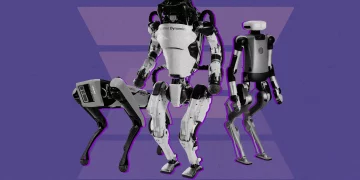As the rapid pace of technological advancement continues to shape every aspect of human life, the question of how to balance innovation with social responsibility has become one of the most pressing challenges facing both academic researchers and industry practitioners. From artificial intelligence (AI) and robotics to biotechnology and environmental technologies, the transformative power of modern innovations is undeniable. However, these same innovations often come with a complex set of ethical, social, and environmental considerations that must be addressed if technology is to serve humanity’s collective well-being, rather than exacerbate inequality, harm the environment, or compromise privacy and security.
This article explores the growing need for a balance between technological progress and social responsibility, addressing the ethical challenges associated with new technologies and discussing the ways in which academic research, industry practices, and government regulations can work together to create a sustainable and equitable future. The interplay between innovation, ethics, and social good will be examined through case studies, theoretical frameworks, and practical solutions to ensure that technology benefits society in a responsible, transparent, and equitable manner.
Introduction: The Dual-Edged Sword of Technological Innovation
Technology has long been a driving force behind human progress. From the industrial revolution to the digital age, new inventions have radically transformed economies, societies, and cultures. Technologies such as the internet, smartphones, renewable energy solutions, and medical advancements have provided unprecedented opportunities for growth, efficiency, and improved quality of life.
However, with each new wave of innovation comes a range of ethical dilemmas. The promise of new technologies is often accompanied by unintended consequences—environmental degradation, privacy violations, job displacement, and the exacerbation of social inequalities. While these challenges have always been part of the technological landscape, their complexity and urgency have escalated in recent years. As technology continues to evolve at an unprecedented rate, the need to balance these advancements with ethical considerations and social responsibility has never been more crucial.
In the future, the emphasis will not only be on how quickly we can develop and deploy new technologies, but also on how we can ensure that these technologies align with broader societal goals such as equity, sustainability, justice, and human rights.
The Need for Social Responsibility in Technological Development
Technological progress without consideration for its social impact can lead to a host of negative outcomes. At its core, social responsibility involves the ethical obligations of individuals and organizations to contribute positively to society. This can be achieved through responsible innovation practices, inclusive design, transparency, and accountability.
1. Ethical Dilemmas in Emerging Technologies
Emerging technologies, particularly in fields like AI, biotechnology, and autonomous systems, pose significant ethical challenges. Consider the following examples:
- Artificial Intelligence (AI): AI technologies hold the potential to revolutionize industries from healthcare to finance. However, concerns about bias in AI algorithms, the potential for job automation, and the loss of privacy in AI-driven surveillance systems raise important ethical questions. If AI systems are trained on biased data, they may perpetuate existing social inequalities, leading to discrimination in areas such as hiring, criminal justice, and lending practices.
- Biotechnology: Advances in genetic engineering and biotechnology, such as CRISPR gene-editing technology, offer enormous potential to cure genetic diseases and enhance agricultural productivity. However, these technologies also raise questions about the ethical implications of altering the human genome, the potential for “designer babies,” and the environmental risks of genetically modified organisms (GMOs).
- Autonomous Systems: Self-driving cars and drones promise to improve safety and efficiency. Yet, the ethical dilemma of how these systems should make life-and-death decisions in emergency situations (known as the “trolley problem”) highlights the need for a rigorous ethical framework in autonomous technology development.
2. Environmental Considerations
Many technological innovations, particularly in industries such as energy, transportation, and manufacturing, have significant environmental implications. The development and deployment of new technologies should prioritize sustainability to mitigate the long-term effects of environmental degradation. For example, while electric vehicles (EVs) offer a cleaner alternative to traditional gasoline-powered cars, the production of lithium-ion batteries still carries significant environmental costs, including resource extraction and disposal.
The concept of green technology—technologies that minimize harm to the environment—has emerged as a key focus in balancing progress with responsibility. Researchers and industries alike are exploring renewable energy solutions, such as solar and wind power, as well as carbon capture and storage (CCS) technologies, to reduce greenhouse gas emissions and combat climate change.
3. Social Inequality and Technology Access
One of the most pressing ethical concerns surrounding technology is access and inequality. As new technologies emerge, there is a risk that they will not be accessible to all members of society, further entrenching existing social inequalities. The digital divide, the gap between those who have access to modern technologies and those who do not, is a significant issue. The proliferation of AI, automation, and data-driven technologies can disproportionately impact disadvantaged communities, leaving them without the skills, resources, or opportunities to benefit from these advancements.
Addressing these inequalities requires intentional efforts to design technologies that are inclusive and accessible to all. This includes not only ensuring that technology is affordable and widely available but also that it is designed to meet the needs of diverse communities. Furthermore, governments and industries must invest in education and training programs to equip individuals with the skills necessary to thrive in an increasingly digital world.
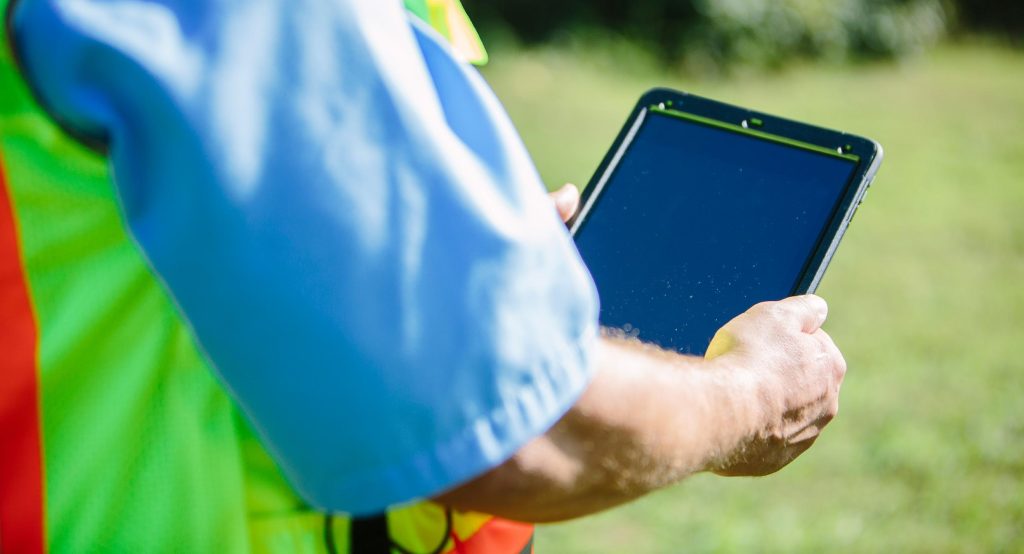
Balancing Innovation and Social Good: Approaches to Responsible Technology Development
To achieve a balance between technological progress and social responsibility, several approaches can be taken by academic institutions, industry leaders, and policymakers. The key is to integrate ethical considerations into the technological development process from the very beginning.
1. Ethics in Technology Research and Design
One of the most important ways to ensure that technology serves the greater good is by embedding ethical considerations into the research and design processes. In academic settings, the integration of ethics into STEM (Science, Technology, Engineering, and Mathematics) curricula is essential. Researchers and engineers should be trained to think critically about the societal implications of their work, and ethical analysis should be part of the design process for new technologies.
The concept of value-sensitive design emphasizes the inclusion of ethical values such as privacy, autonomy, and fairness in the design of technology. Researchers in fields like human-computer interaction (HCI) and AI have advocated for approaches that consider the social context of technological use, ensuring that the technologies are designed to reflect societal values.
2. Transparency and Accountability in Industry Practices
For industries developing new technologies, transparency and accountability are critical to ensuring that innovation aligns with social responsibility. Technology companies should be transparent about the potential risks and benefits of their products and services, and they should be held accountable for any negative impacts their technologies may have on society.
In the case of AI, for example, companies developing AI systems must ensure that these systems are not only effective but also fair and unbiased. This requires companies to be transparent about how their algorithms are developed, the data they are trained on, and the steps taken to mitigate bias.
3. Collaboration Between Academia, Industry, and Government
The collaboration between academia, industry, and government is vital in ensuring that technology development is guided by ethical principles and societal goals. Governments play a key role in establishing regulatory frameworks and policies that promote responsible innovation while mitigating potential harms. For instance, data privacy regulations like the General Data Protection Regulation (GDPR) in the European Union set clear standards for how companies can collect, store, and use personal data.
Industry leaders can work with academic institutions to conduct research that addresses pressing ethical issues in technology. By fostering partnerships between academia, industry, and government, it is possible to create a more cohesive and comprehensive approach to technological advancement that balances innovation with responsibility.
4. Incorporating Sustainability into Technology Development
Sustainability should be a guiding principle in the development of new technologies. Engineers and designers must consider the long-term environmental impacts of their work, prioritizing technologies that minimize ecological harm. This includes selecting materials that are renewable or recyclable, minimizing waste and energy consumption, and designing technologies that can be easily repaired or upgraded.
The principles of circular economy—where products are designed to be reused, repaired, or recycled—can be applied to technology development to reduce waste and promote sustainability.
Case Studies of Responsible Technological Development
To better understand how these principles can be applied in practice, let us examine some case studies of technology companies and initiatives that have successfully balanced innovation with social responsibility.
1. Tesla’s Electric Vehicles and Renewable Energy Solutions
Tesla’s approach to sustainable technology development exemplifies how innovation can align with social responsibility. Tesla has not only revolutionized the electric vehicle market but has also pioneered advancements in renewable energy technologies, such as solar panels and energy storage solutions. By promoting the adoption of clean energy technologies, Tesla aims to reduce reliance on fossil fuels and combat climate change. However, Tesla’s journey also highlights the challenges of scaling sustainable technologies, particularly in terms of sourcing raw materials for batteries and addressing the environmental impacts of battery production.
2. IBM’s AI Ethics Initiatives
IBM has taken a proactive stance on addressing the ethical challenges of AI development. The company has created an AI Ethics Board to guide its AI development, ensuring that its AI systems are transparent, fair, and accountable. IBM also advocates for the responsible use of AI through partnerships with academic institutions, government bodies, and industry organizations. By focusing on ethical AI, IBM aims to ensure that its technologies are developed and deployed in ways that benefit society as a whole.
3. The European Union’s GDPR
The European Union’s General Data Protection Regulation (GDPR) represents a significant step toward ensuring data privacy and protecting individuals’ rights in the digital age. The GDPR sets strict standards for how organizations can collect, store, and use personal data, placing greater responsibility on companies to be transparent and accountable in their data practices. The regulation has become a model for data privacy legislation around the world and demonstrates the role of government in balancing innovation with social responsibility.
Conclusion: Toward a Responsible Technological Future
As technological advancements continue to shape the future of humanity, it is essential that we maintain a careful balance between innovation and social responsibility. By integrating ethical considerations into the design, development, and deployment of new technologies, we can ensure that these innovations contribute positively to society and the environment. This requires collaboration between academia, industry, and government, as well as a commitment to transparency, accountability, and sustainability.
The future of technology lies not just in how fast we can innovate, but in how responsibly we can develop and apply these innovations for the greater good. By prioritizing social responsibility in technological development, we can harness the power of innovation to create a more just, sustainable, and equitable world for future generations.






